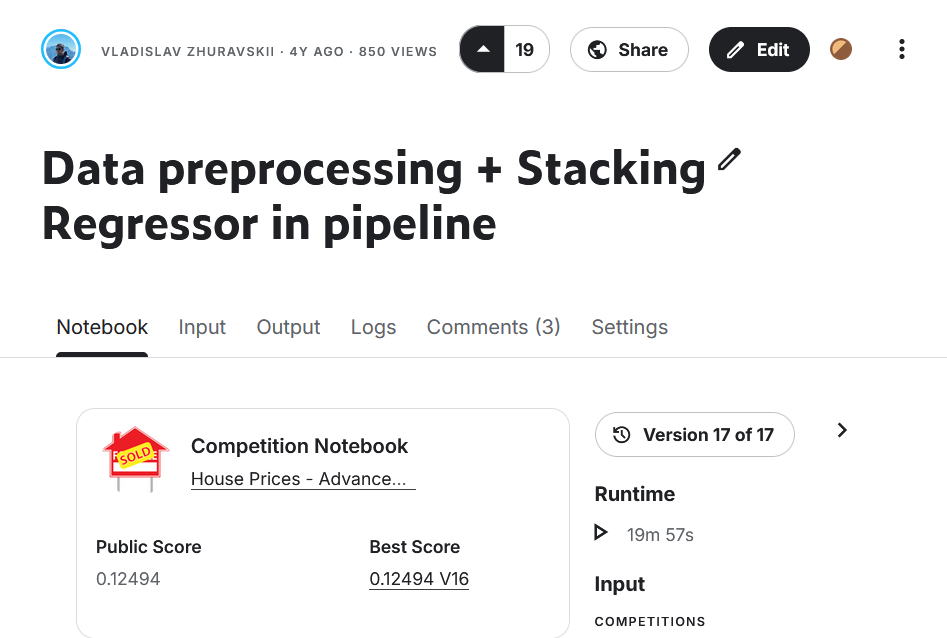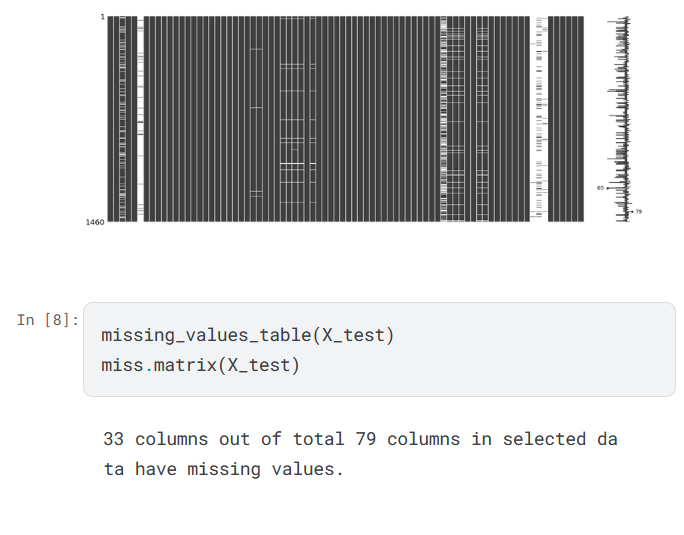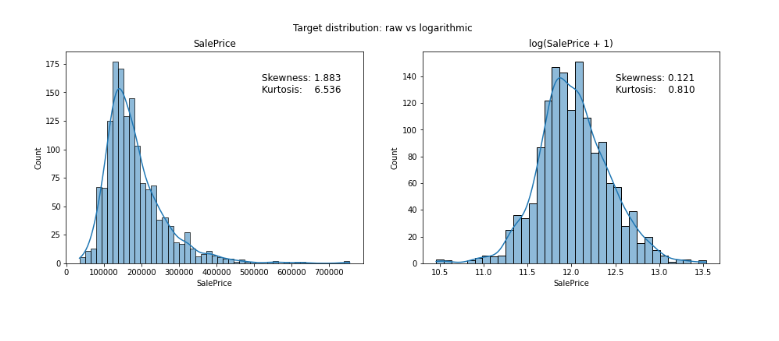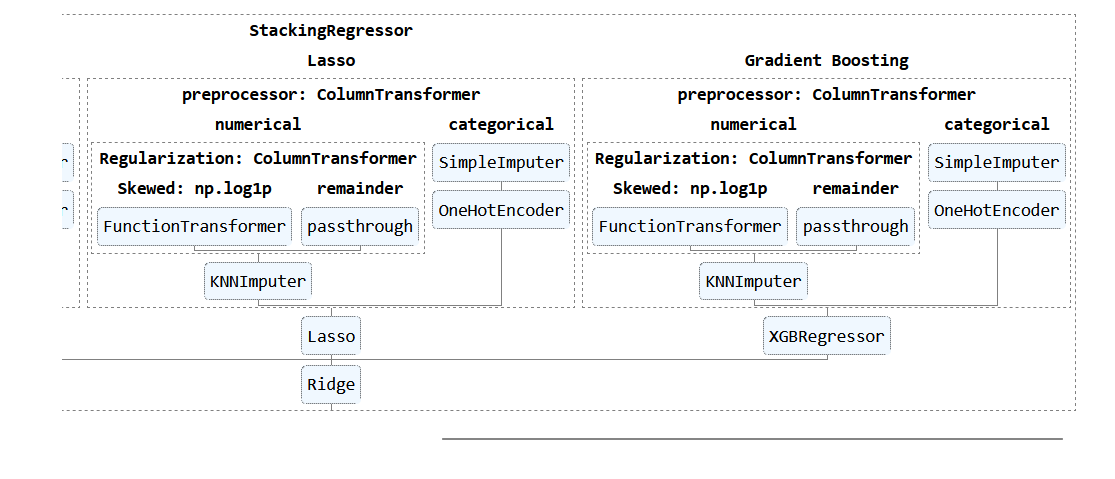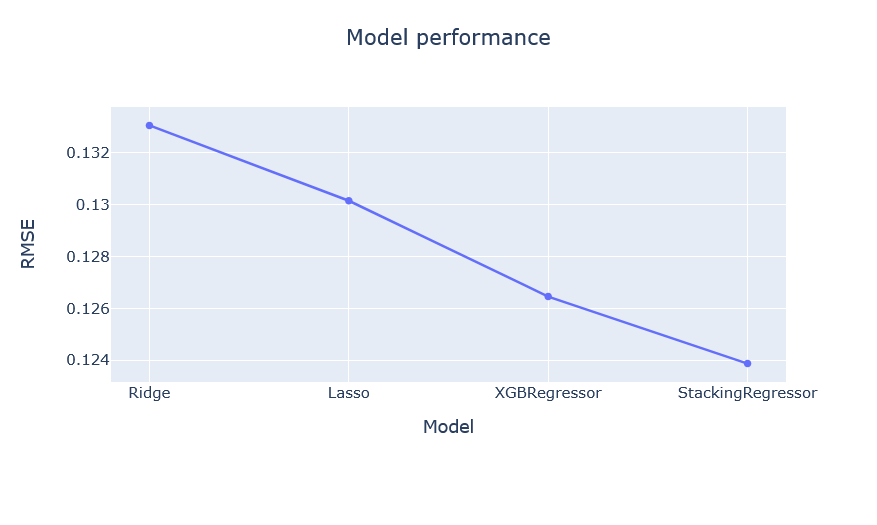<My projects>
{ World of Warcraft Addons }
Gaming has always been an interest of mine, as well as hobby coding. Those interests combined when I started experimenting with World of Warcraft's user interface.
What began as a small personal project — writing a Lua mod to customize the game's interface — quickly became a bridge to front-end development concepts. I was creating layouts, nesting UI components, handling user and system events, and retrieving real-time data through the Blizzard API. In many ways, it felt like building a lightweight web application inside the game. That experience not only enhanced my gameplay but also gave me a strong foundation in thinking like a front-end developer.
Grind Goals
My first addon, Grind Goals, was designed to help players track obtaining in-game items more efficiently. It was built using Lua, the languag supported by WoW for addon development. It featured a very simple but user-friendly interface and the main challenge came from interacting with the game's API to fetch real-time data and storing this data between several characters using saved variables.
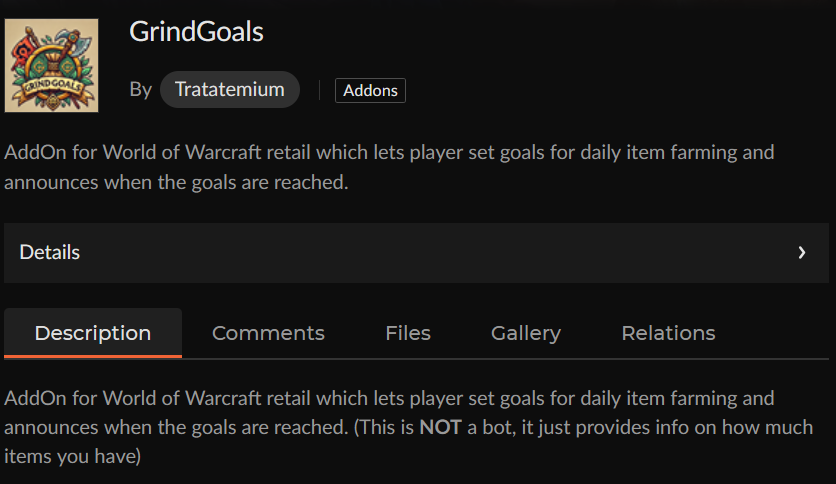



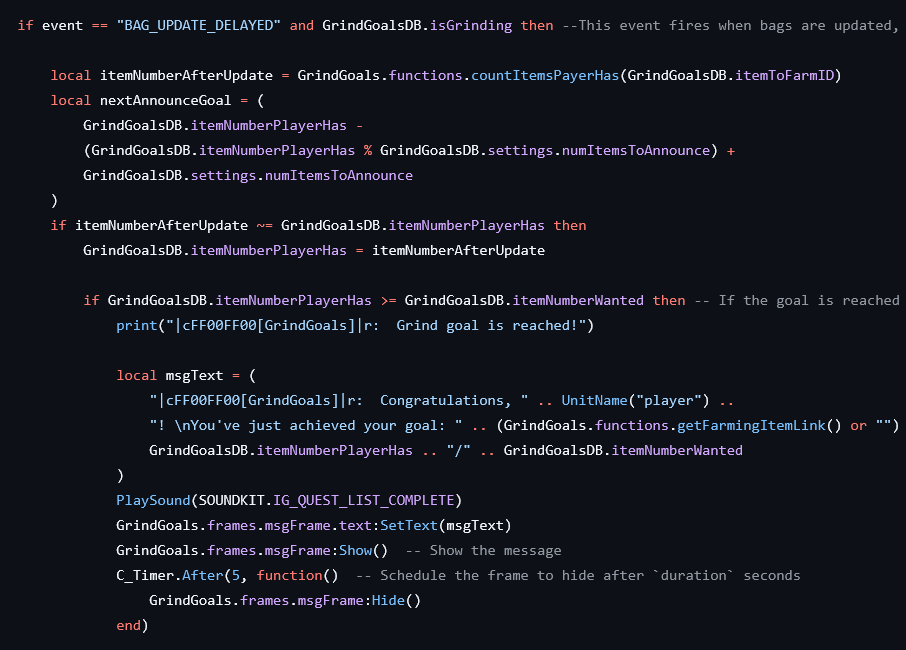
{ Data science }
In 2020, I completed a Data Science course from Yandex, where I learned Python, Pandas, SQL, data analysis, and machine learning.
Kaggle — House prices
As part of my practice, I joined a Kaggle competition to predict house prices based on 79 variables, ranging from the number of bedrooms to details like roof type and land slope. I built a pipeline to handle preprocessing and model training, experimenting with linear regression and gradient boosting. My solution ranked in the top 10% of the leaderboard and earned positive feedback from the Kaggle community.
